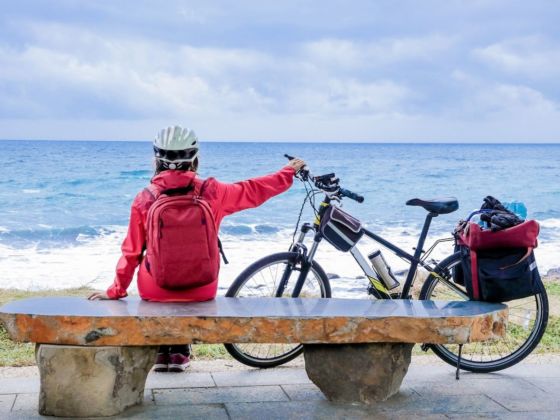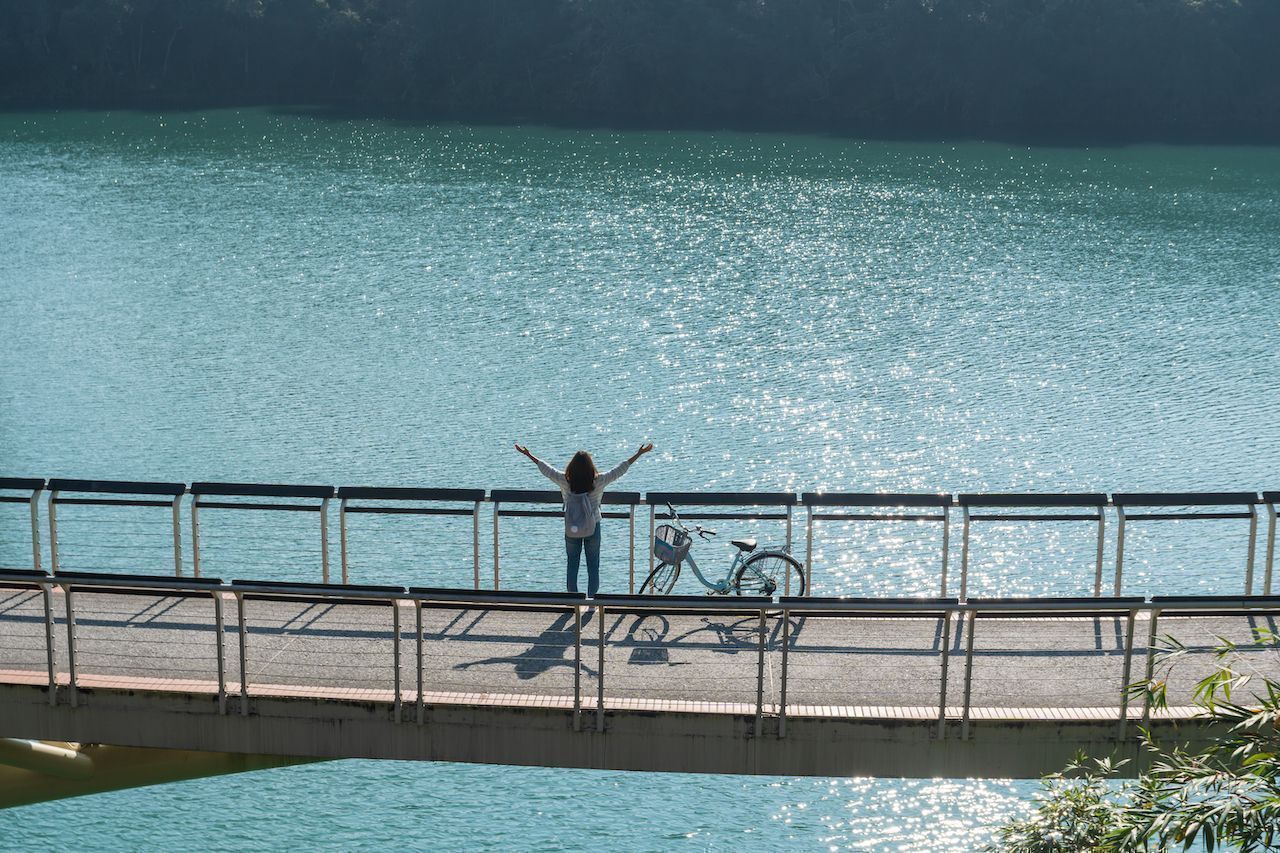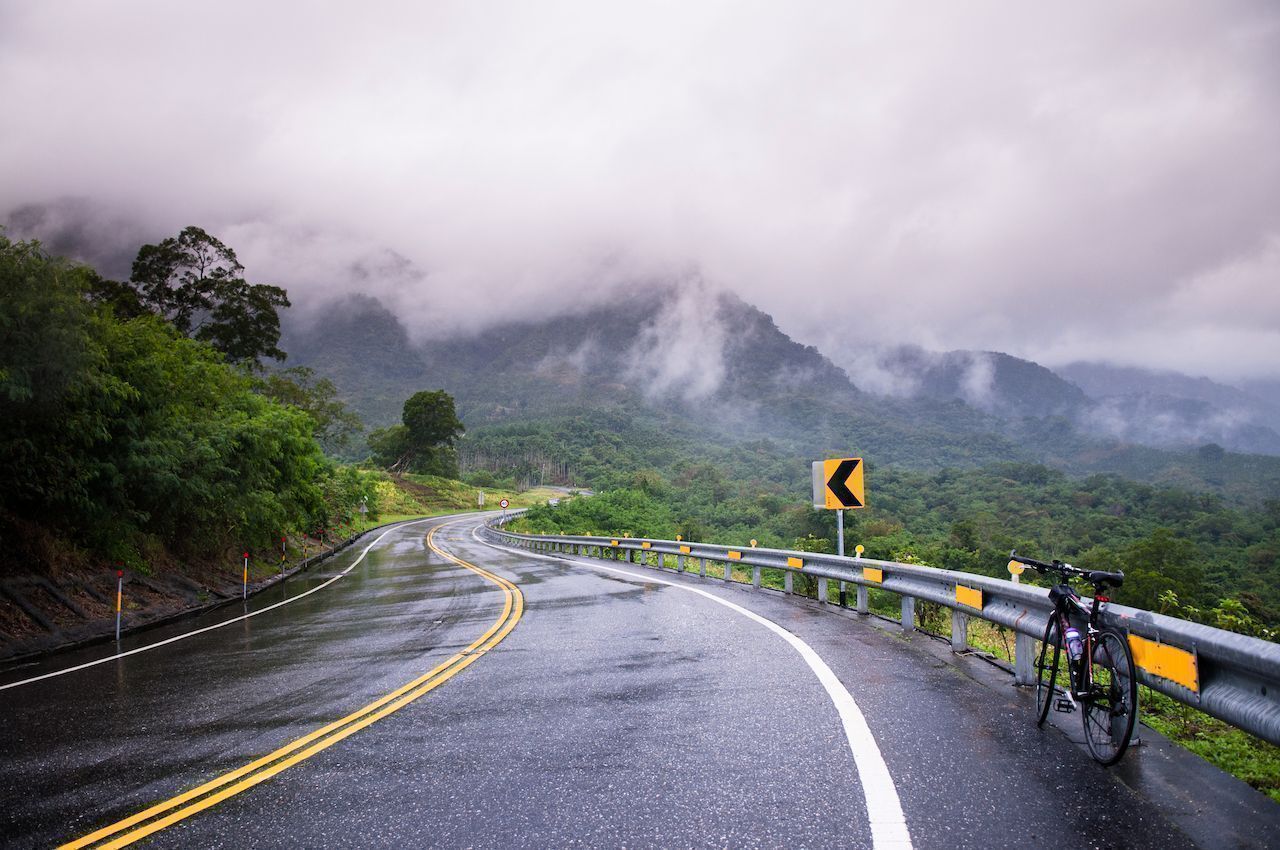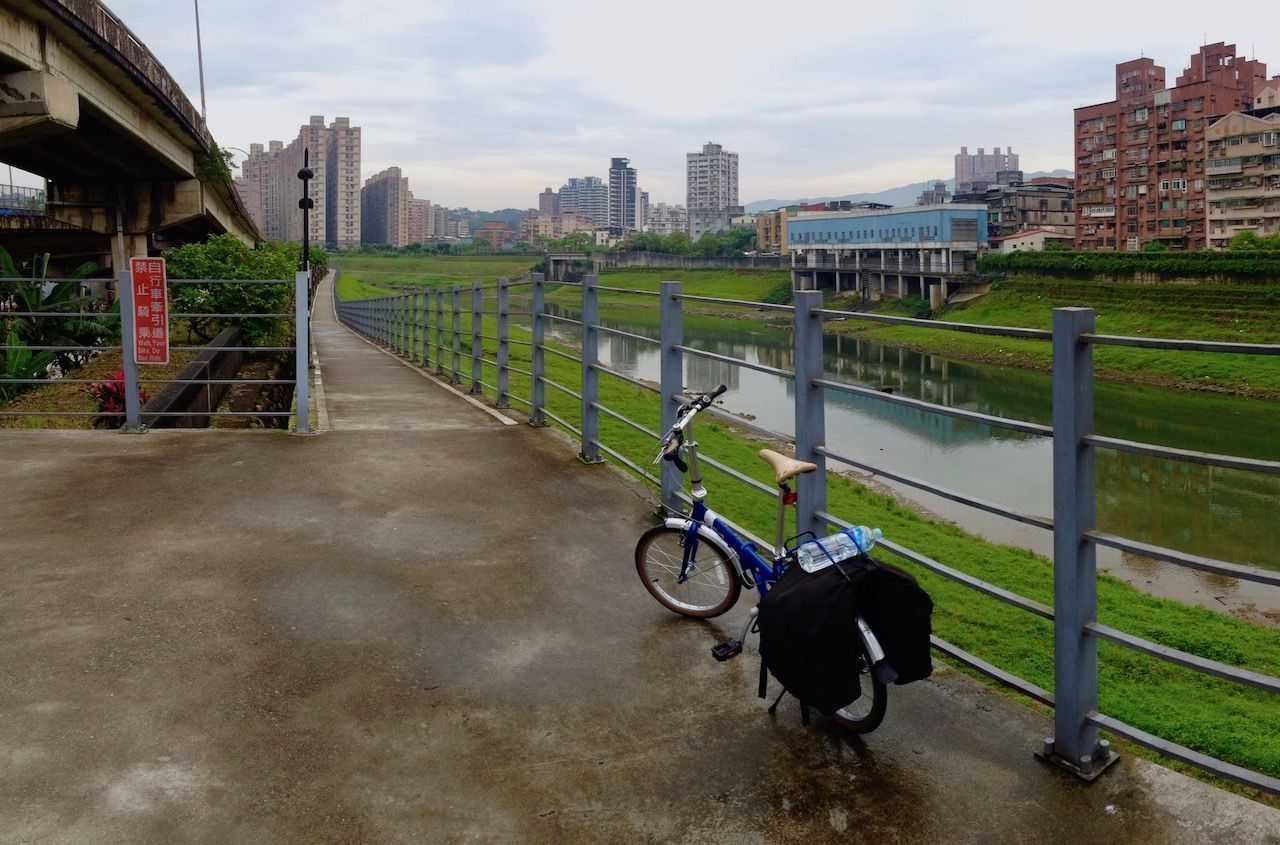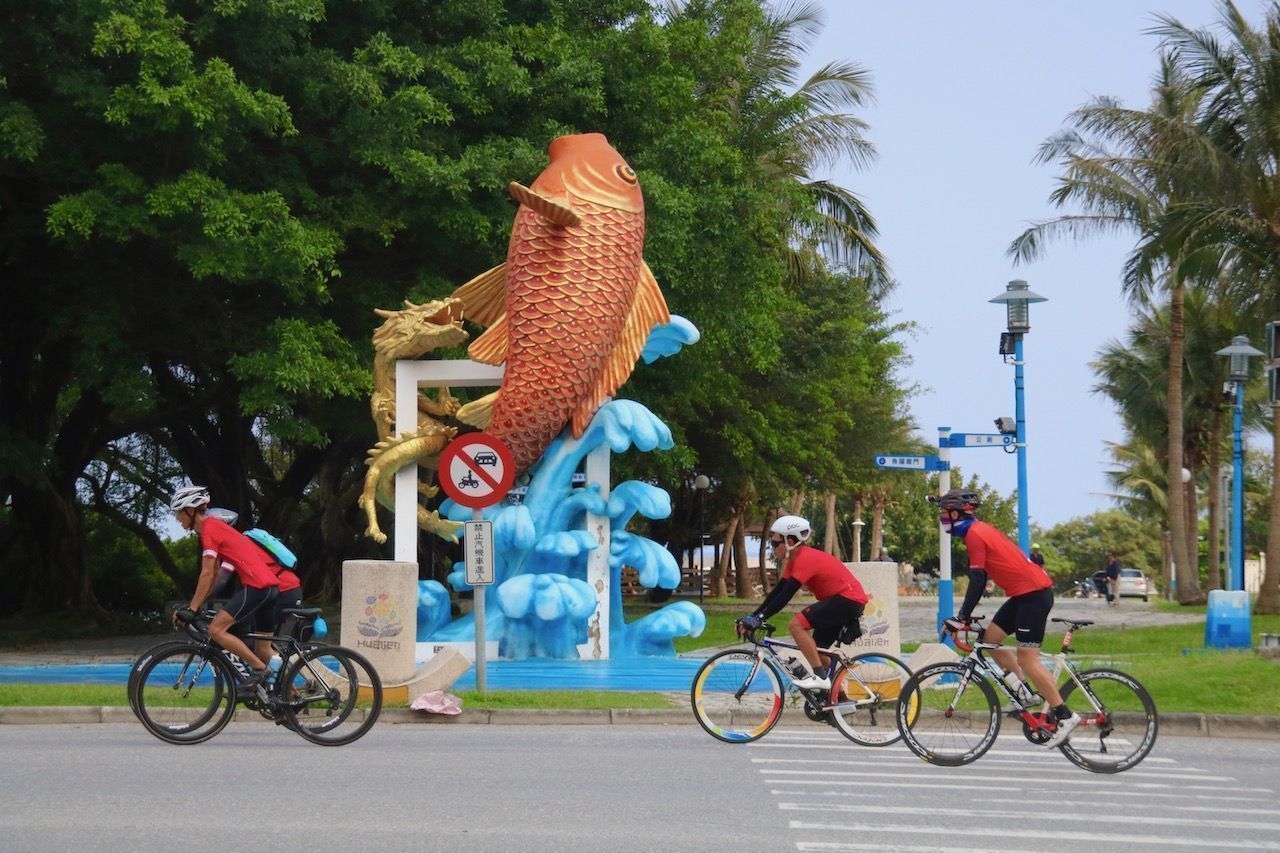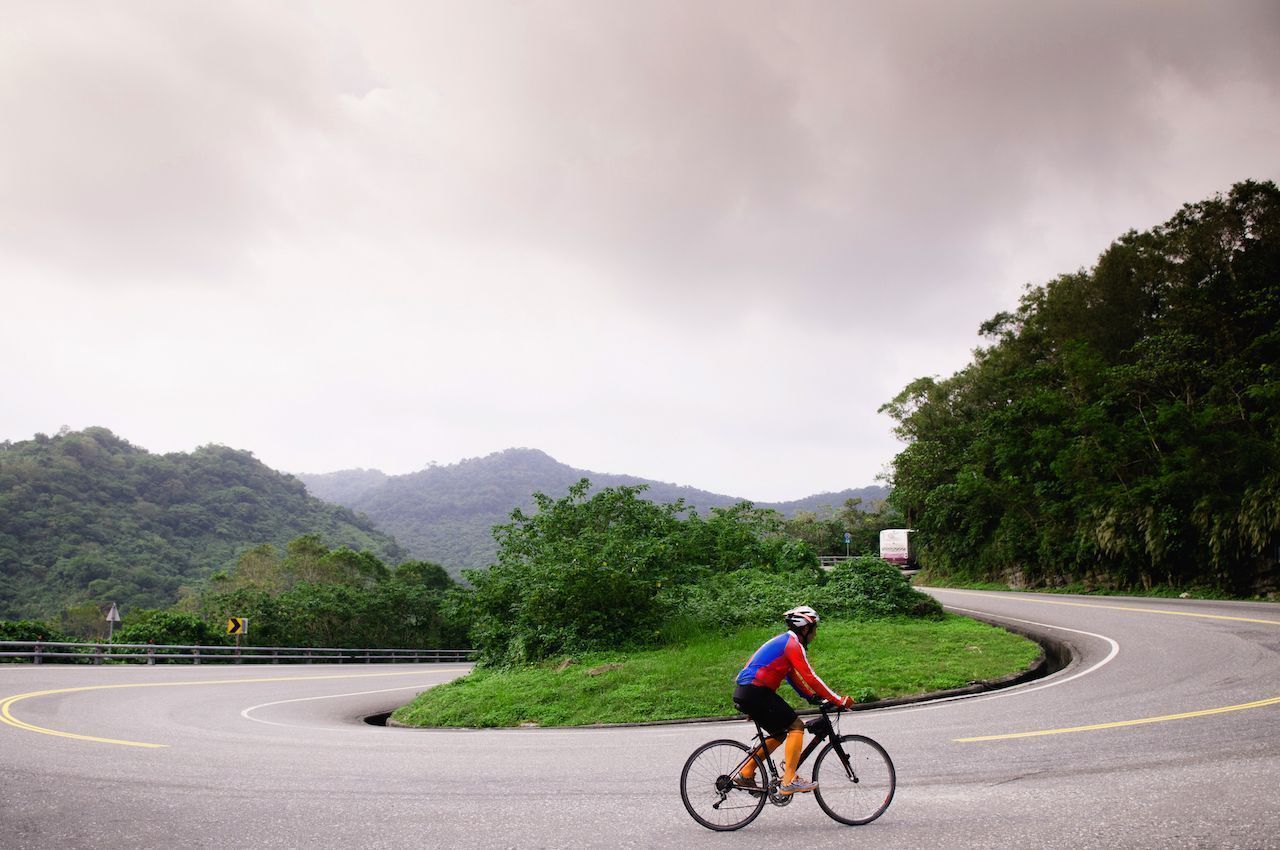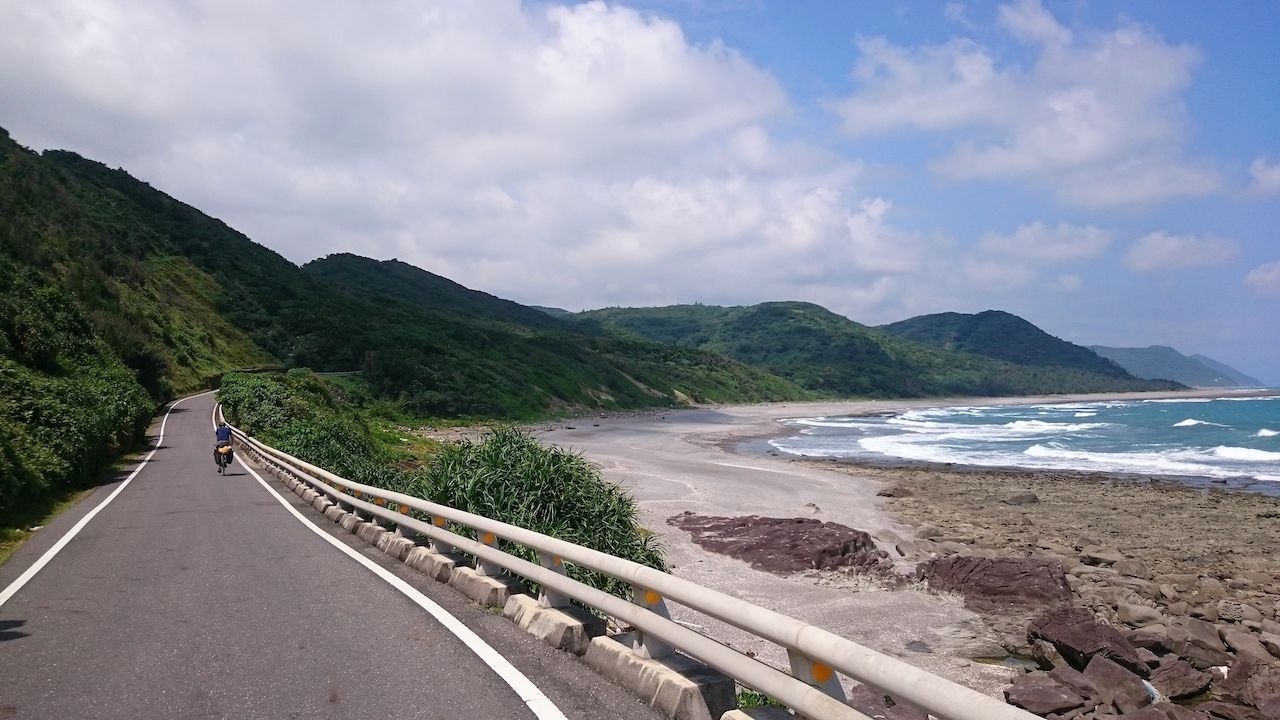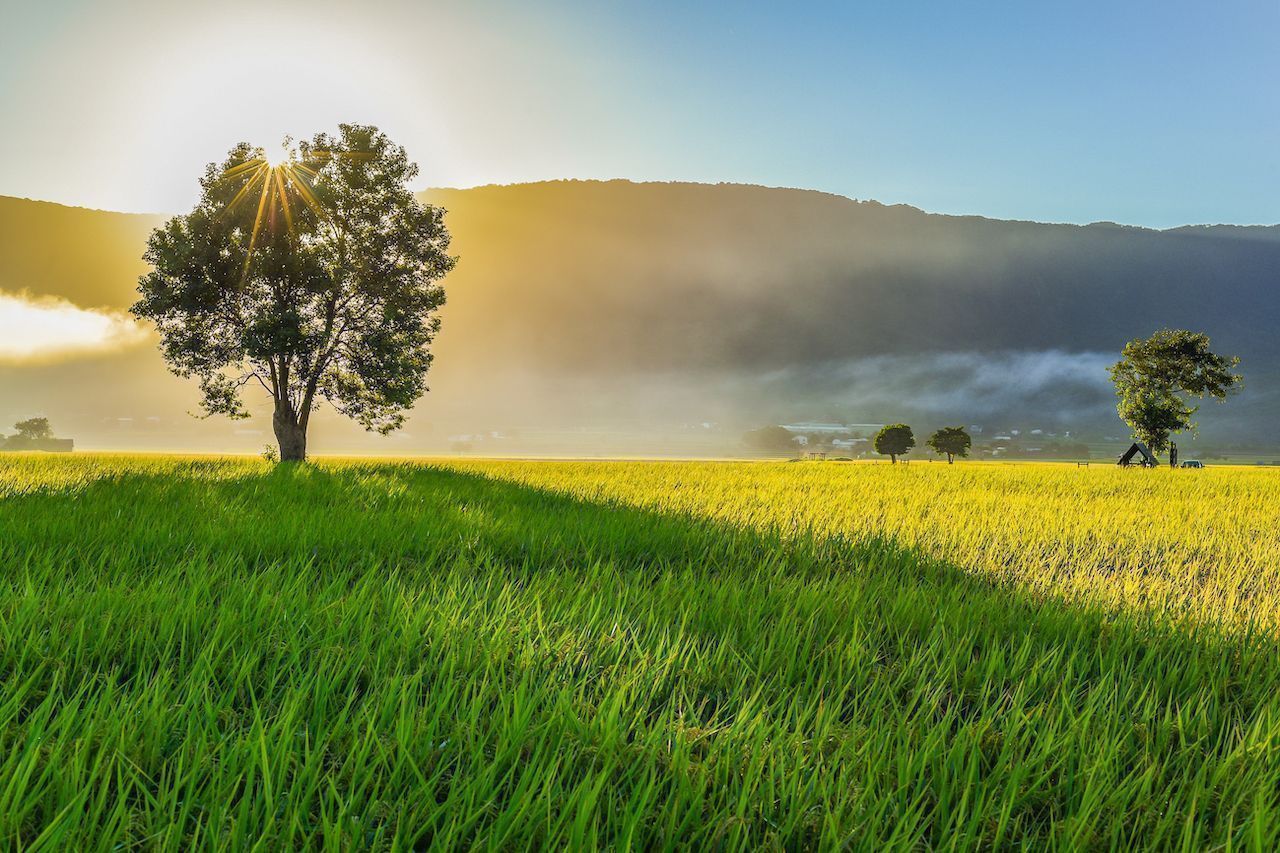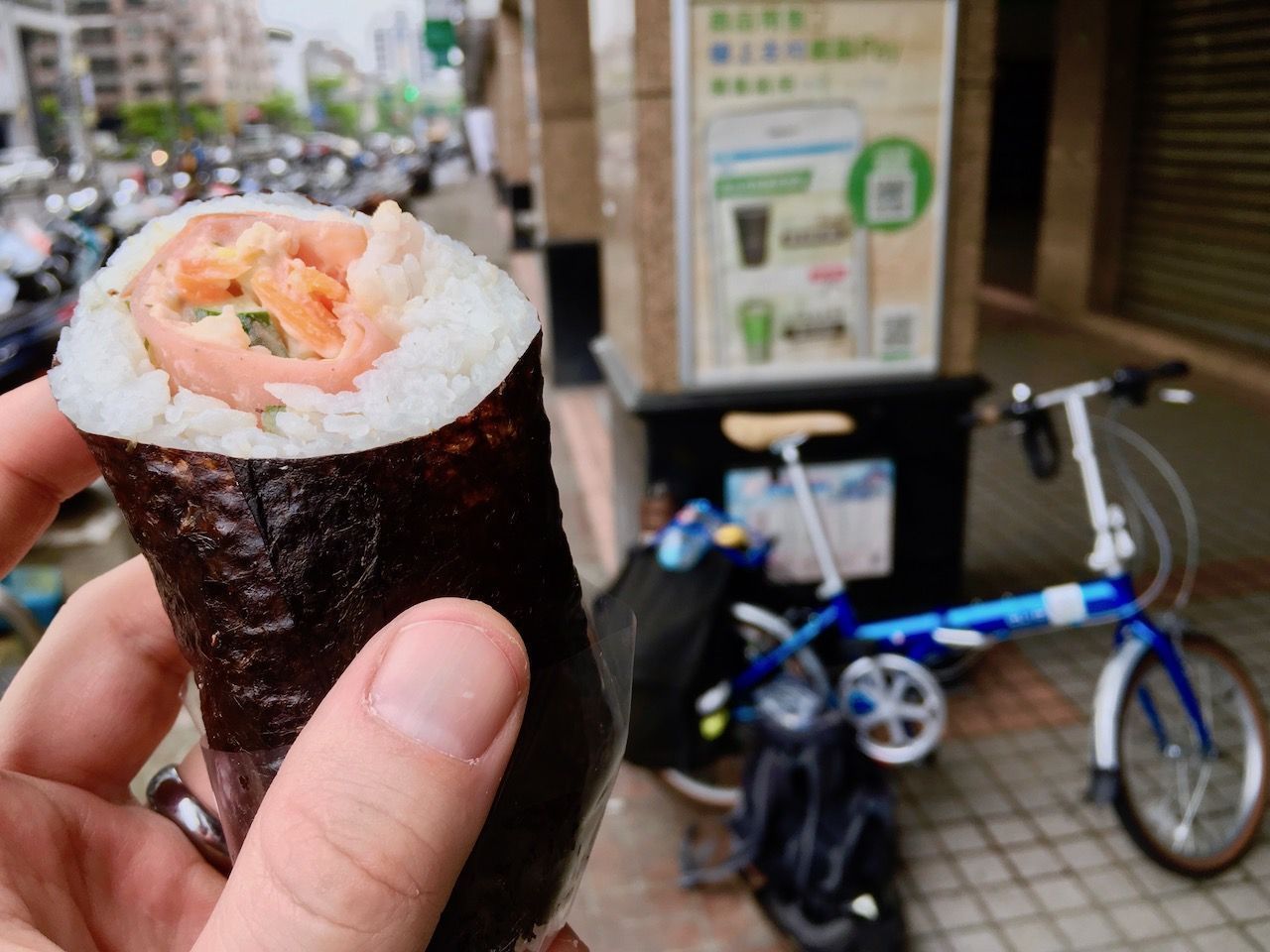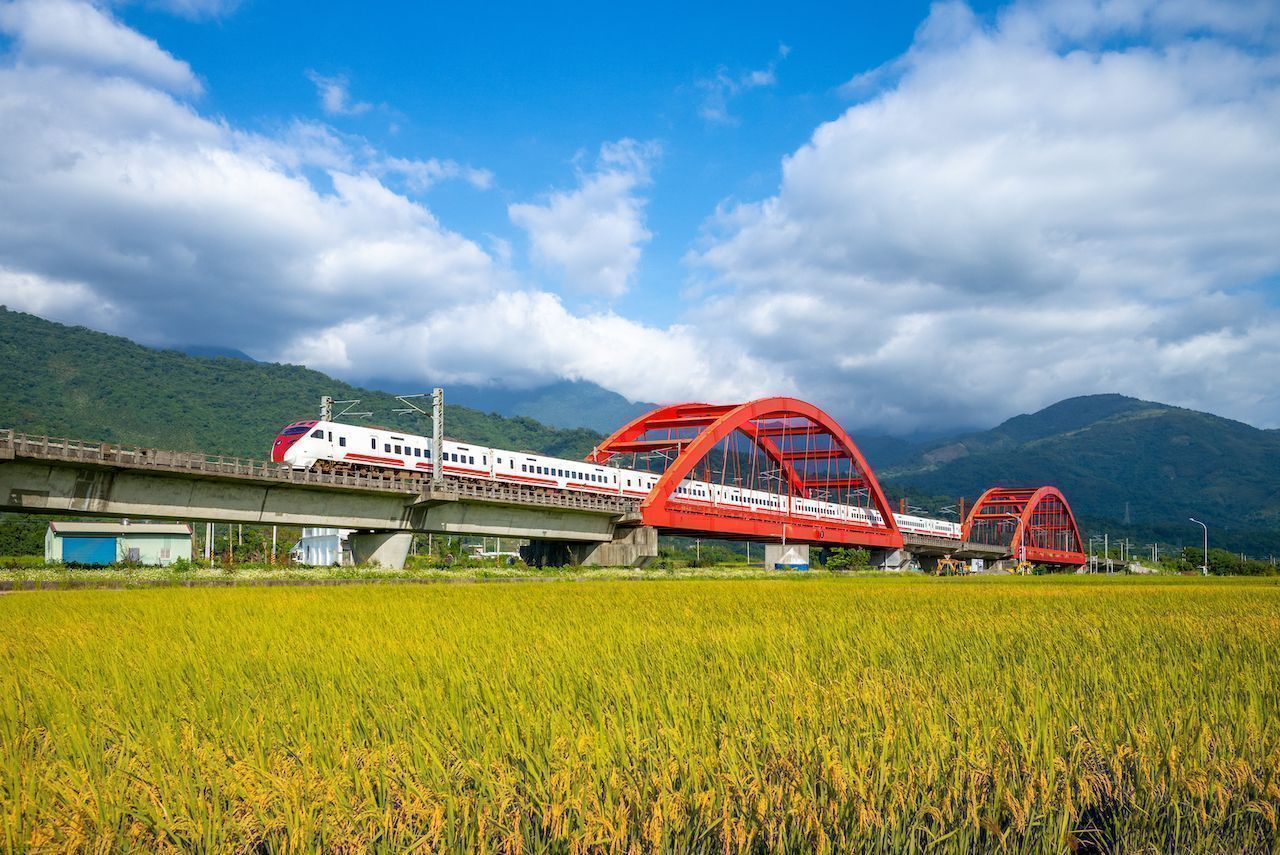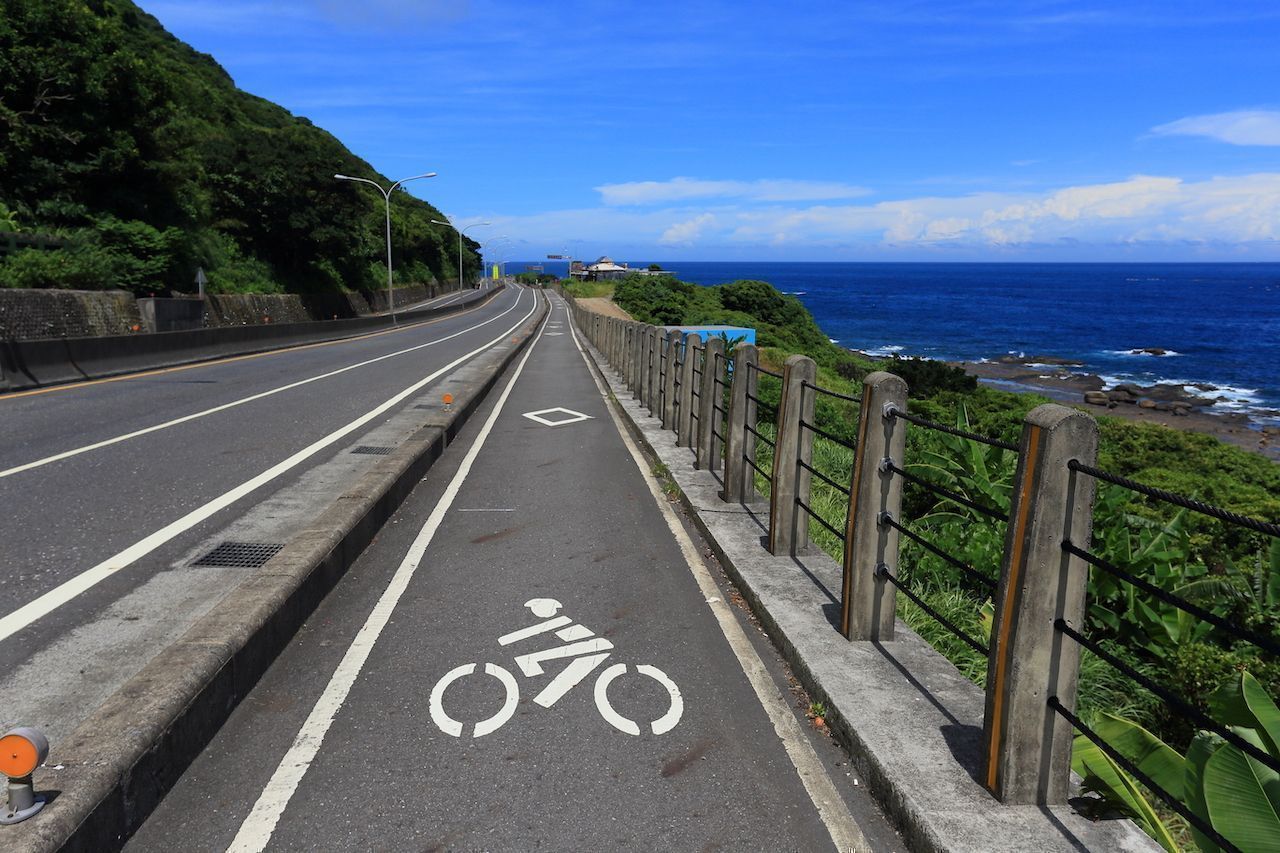I had two weeks off and wanted to bicycle through another country’s landscape. I yearned for pleasant weather and safe streets. Hotels must be affordable. The food should be delicious. As the father of a young child, I needed to call home whenever I wanted. And finally, I wanted a bike path that was long, scenic, and far-flung. Putting these things together, I set my sights on Taiwan.
Taiwan Cycling Route #1 is a network of trails that circumscribe the entire island, for a total distance of 600 miles. Taiwan is already a cyclist’s dream, with paved paths and dedicated bike lanes in every neighborhood, but Cycling Route #1 is its pinnacle. If you’re relatively fit, cycling is an invigorating way to explore this semi-tropical Pacific paradise. As convenient and accommodating as Taiwan is, though, there were a few things I wish I’d known about Route #1 before setting off. Here’s how to get ready to pedal the Formosan coast.
